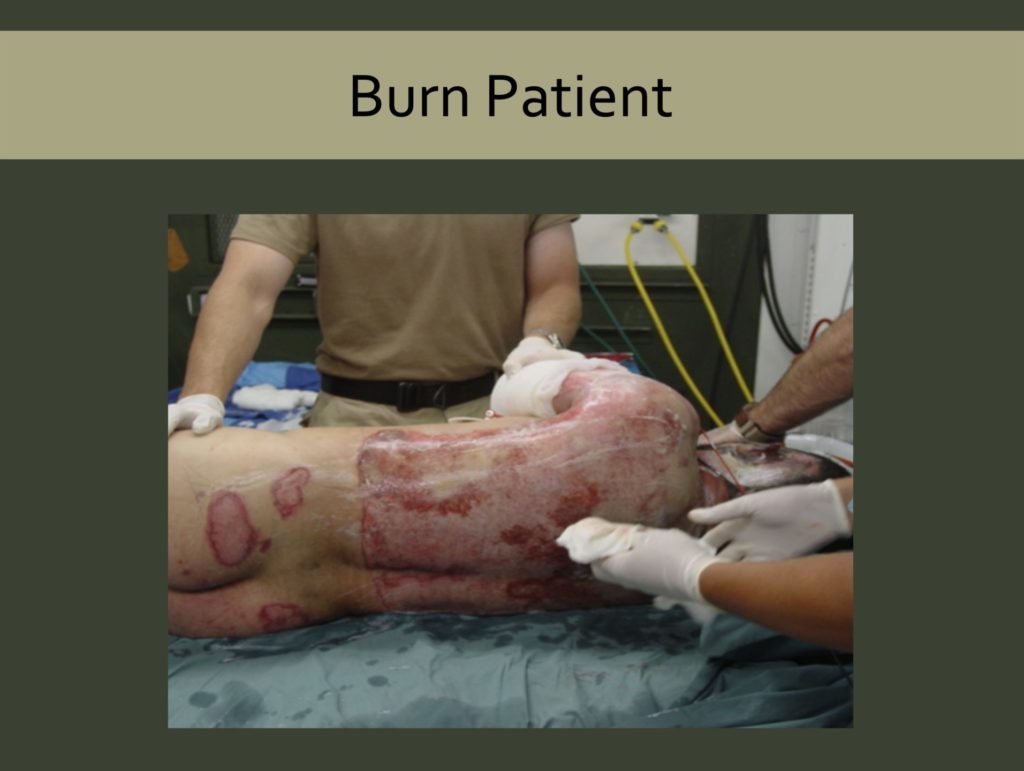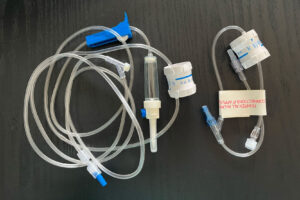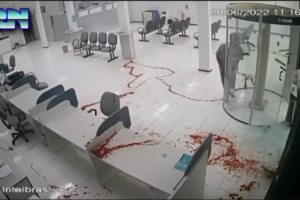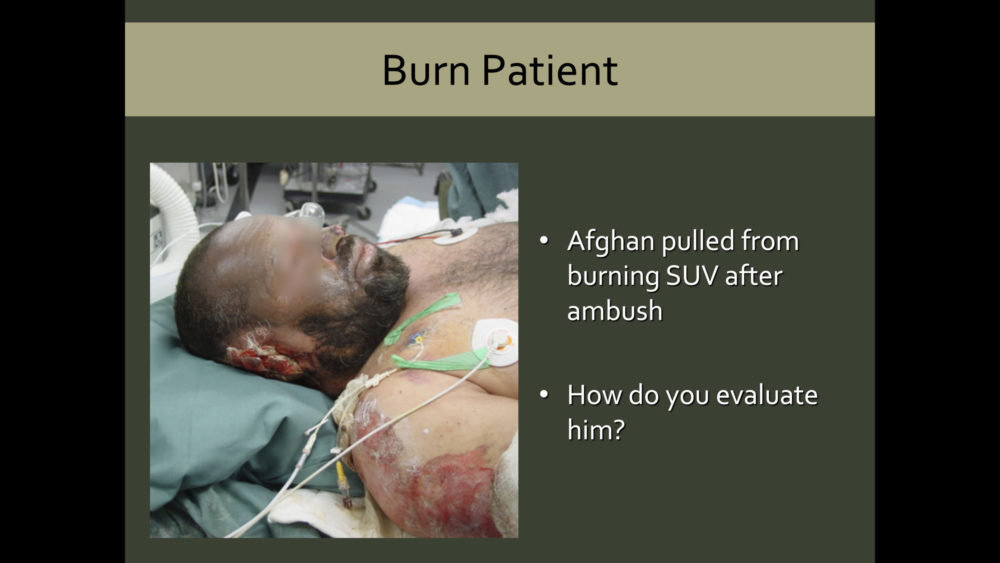
Recommended EMS fluid resuscitation of burned casualties
- Posted by Mike Shertz MD/18D
- Categories (C) Circulation, More
Burns over 20% total body surface area (TBSA) result in increased capillary permeability and intravascular fluid deficits that are most severe at 24-hours post-burn. Cardiac output decreases rapidly post-burn. With correct fluid resuscitation, cardiac output returns to normal values 12 to 18 hours post-burn.
Unlike hypovolemic trauma patients who benefit from blood administration, for burn casualties, crystalloids, specifically Lactated Ringers, are the cornerstone of burn resuscitation.
(The casualties didn’t lose red blood cells, they lost volume: the liquid from their circulating volume has gone to their edema. The burns take fluid out of the vascular system and it needs to be replaced).
Although there are many formulas for fluid administration in burn casualties, the American Burn Association currently favors an initial set infusion of 500 ml LR per hour during the adult (14 years old or older) casualty’s initial evaluation. Once all life-threats have been treated, the patient stabilized, and TBSA determined, the Modified Brooke Formula is used for thermal burns. When calculating total body surface area burned, only partial and full-thickness burns are used. Superficial burns, such as akin to a sunburn, don’t count in the tabulation.
The formula is: 2 ml LR x patient’s body weight in kg x % partial and full thickness burns, with half of the 24-hour total administered in the first 8 hours
Studies using 4 ml / kg x TBSA burned have resulted in excessive edema and over-resuscitation, although this number is still used for electrical burns. Ultimately, IV fluid rates are adjusted based on the patient’s physiologic response and urine output. If the urine output is increased or decreased by more than 1/3, the expected 0.5 ml / kg / hr, then the IVF rate is increased or decreased by 1/3 correspondingly. The ABA notes it is easier to infuse more fluid than it is to remove excess fluid. Expected urine output is based on ideal body weight, not actual. Obese people don’t make more urine.
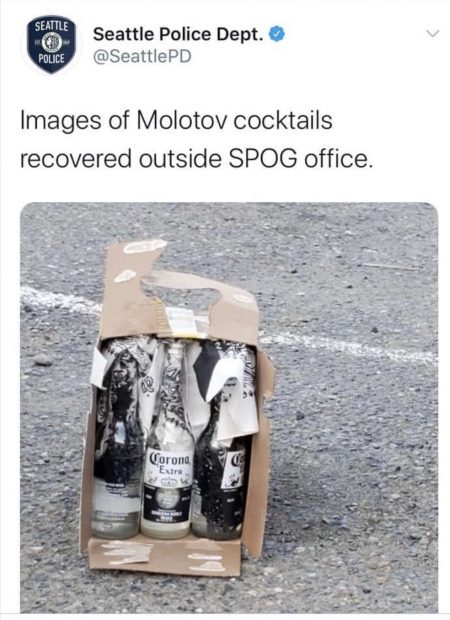
Operationally: In the first several hours after a burn, the casualty’s blood pressure should be normal. Early hypotension is a clue to other traumatic injuries. Unfortunately, following the heart rate isn’t too helpful in burn resuscitation. Although typically in trauma patients, a persistently elevated heart rate should be an indication of on-going bleeding somewhere, in burn patients, that is not the case as most burn casualties will have mild tachycardia (110-120s) even when correctly resuscitated.
Dr. Mike Shertz is the Owner and Lead Instructor at Crisis Medicine. Dr. Shertz spent over 30 years gaining the experience and insight to create and provide his comprehensive, science-informed, training to better prepare everyday citizens, law enforcement, EMS, and the military to manage casualties and wounded in high-risk environments. Using a combination of current and historical events, Dr. Shertz’s lectures include relevant, illustrative photos, as well as hands-on demonstrations to demystify the how, why, when to use each emergency medical procedure you need to become a Force Multiplier for Good.

